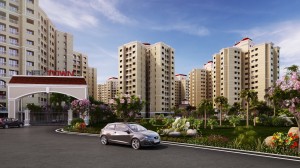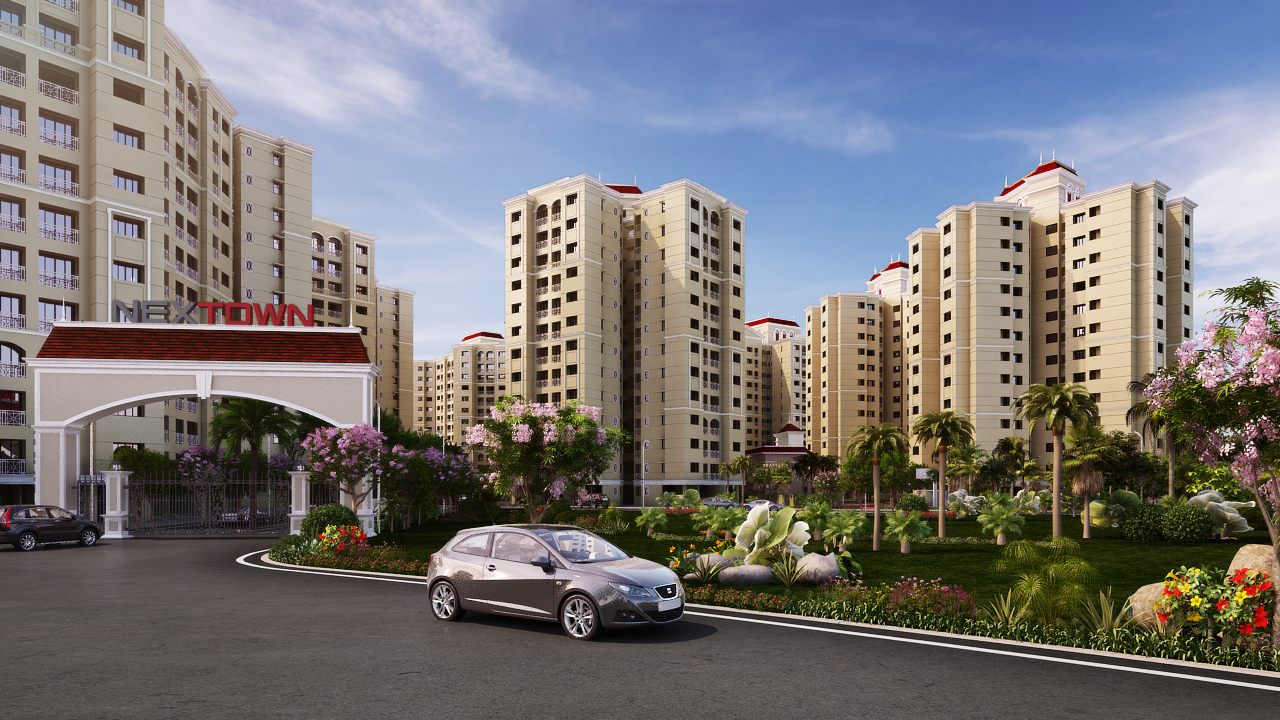 Track2Realty Exclusive: It was in the July last year that Rohit Arora, an NRI returned from New Jersey to settle in Mumbai and set up his consultancy business over here. Looking for an office space, he was so carried by the reports of a price correction that he preferred to defer the office acquisition, either on rent or purchase.
Track2Realty Exclusive: It was in the July last year that Rohit Arora, an NRI returned from New Jersey to settle in Mumbai and set up his consultancy business over here. Looking for an office space, he was so carried by the reports of a price correction that he preferred to defer the office acquisition, either on rent or purchase.
One year down the line, he repents his decision to go against the advice of the brokers and instead being carried by a wishful thought of correction in the commercial property of Mumbai. The rate for the same office building at Nariman Point that was on offer at Rs. 32,000 per sq feet has appreciated to Rs. 35,000 per sq feet.
“Everywhere I read commercial property is not doing well and slowdown will have its effect. But now it is appreciating at a reasonable pace which defies my understanding of economics of demand and supply,” he wonders. However, statistics often only tell half the story in property market and it misleads more often than it leads to the buyers like Rohit. A look at the commercial property rates across the major business centres of Mumbai suggest it has either appreciated in capital value or managed to hold its fort. In terms of rental appreciation most of the commercial property has reasonably appreciated, at least in the office space.
The fundamentals and the growth story in retail segment are different, yet they also reflect no sign of cooling down. Of course, there are pockets of retail spaces which are not doing well and the retailers are renegotiating the deals with some even entering into revenue sharing arrangement with the developers.
But then, these are the pockets of retail developments where either the project planning itself has been faulty or the retail spaces are over-supplied and cluttered in the same catchment area. Analysts maintain these are the pockets of spaces that often lead to research/reports suggesting Mumbai commercial property is losing its cutting edge.
If Mumbai has maintained its numero uno position as one of the world’s most expensive property markets, it is due to its being the financial capital of India. Even the economy behind giving momentum to Mumbai’s luxury residential projects has been its vibrant economic activity.
Hence, it is the commercial property of Mumbai that is the demand driver and catalytic force to sustain its positioning for all these years. The prophets of doomsday who philosophised that emerging cities will soon take over as the new financial centres are yet to respond why the corporate India still pays the highest price per sq feet in Mumbai.
A flat assessment of ROI per sq feet over the investment in commercial property may not lead to the true inherent strengths of commercial real estate in the city. The presence of stock exchange, the RBI, financial institutions, all the major corporate groups and multinational companies, added to the national and international business travellers coming to the city to do business, preferably near the CBDs (Central Business Districts) is something that is a traction point beyond mere ROI or sale-purchase statistics.
A section of analysts believe since the very definition of the CBD is changing in Mumbai, with traditional destinations like Nariman Point losing a bit to emerging destinations like BKC, it often gives lending credence to the conspiracy theory of red hot commercial property of Mumbai softening up. However, global experience suggests cities that are growth engines of economy go through this phase where emerging businesses move from CBDs to the SBDs (Secondary Business Districts) or the PBDs (Periphery Business Districts). Mumbai is no exception and the strengths and potential of its commercial property can not be analysed with selective use of such data.
In a city where the international retailers such as Zara, Marks & Spencer’s and VeroModa continue with their expansion plans and opened new outlets reflecting greater confidence in the long term growth opportunities available, the market can’t be termed as subdued. A DTZ report confirms that Mumbai and Chennai are the only cities to witness new supply in Q2 2013, increasing national stock by 2% to 62.9 million sq ft of Grade A retail space.
As per a Cushman & Wakefield report main-street locations in Mumbai like Colaba and Borivali LT Road witnessed healthy enquiries in H1 ‘13, especially from the F&B segment during this quarter. Limited availability of quality retail space coupled with higher demand for retail space in malls at Lower Parel and Vashi resulted in mall rentals appreciating by 4% and 17.6% respectively over the last quarter. Despite the low availability, limited churn resulted in stable rentals across all mall locations in the city.
“A new shopping mall measuring 940,000 sq feet became operational in Thane during this quarter with almost 98% occupancy. The overall mall vacancy in Mumbai declined marginally to 15.1% at the end of the second quarter. Mall rentals in Lower Parel may witness an increase in the next quarter due to low vacancy levels and healthy demand scenario. Main street rentals on Linking Road are under pressure due to high vacancy while rents in Borivali and Vashi may appreciate due to increased demand from retailers for these suburban locations,” says Sanjay Dutt, Executive Managing Director, South Asia Cushman & Wakefield.
Agreeing that Mumbai commercial still stands as the red hot property Lalit Kumar Jain, CREDAI Chairman says being the financial hub it should do much better. He asserts at one point of time it was the financial hub of Asia and today it may have lost that stature, still it is the centre of all banking and financial transactions. GDP growth rate of Mumbai is much higher than the rest of the country and in fact higher than many cities taken together. And now that rentals have rationalised the cost of business is very reasonable.
“Government should encourage more commercial buildings. For example, in Singapore when the commercial rentals went up to 15% the government released more land as commercial real estate supply is directly impacts economic growth. In Mumbai, with limited supply of commercial space the rentals are yet rationalised if you look it from its peak of 2007. One can still get office space at Rs. 100 per sq feet in Parel or Goregaon which is quite reasonable. The capital appreciation may not be much now, holds very high promise for long term. Once REIT comes into play, Mumbai commercial realty will see its glory back,” says Jain.
With most of the big-ticket investments, financial transactions and brands still coming to Mumbai, the demand for commercial property in Mumbai will always remain on the upswing. The cycle of economic doom and gloom can only reduce the pace and volume and definitely not the preference of the city worth doing business. So, the capital and rental appreciation of Mumbai commercial property may be moderate by its own standards, encouraging prophets of doomsday to create conspiracy theory, but the potential and future promises to be unlimited.





